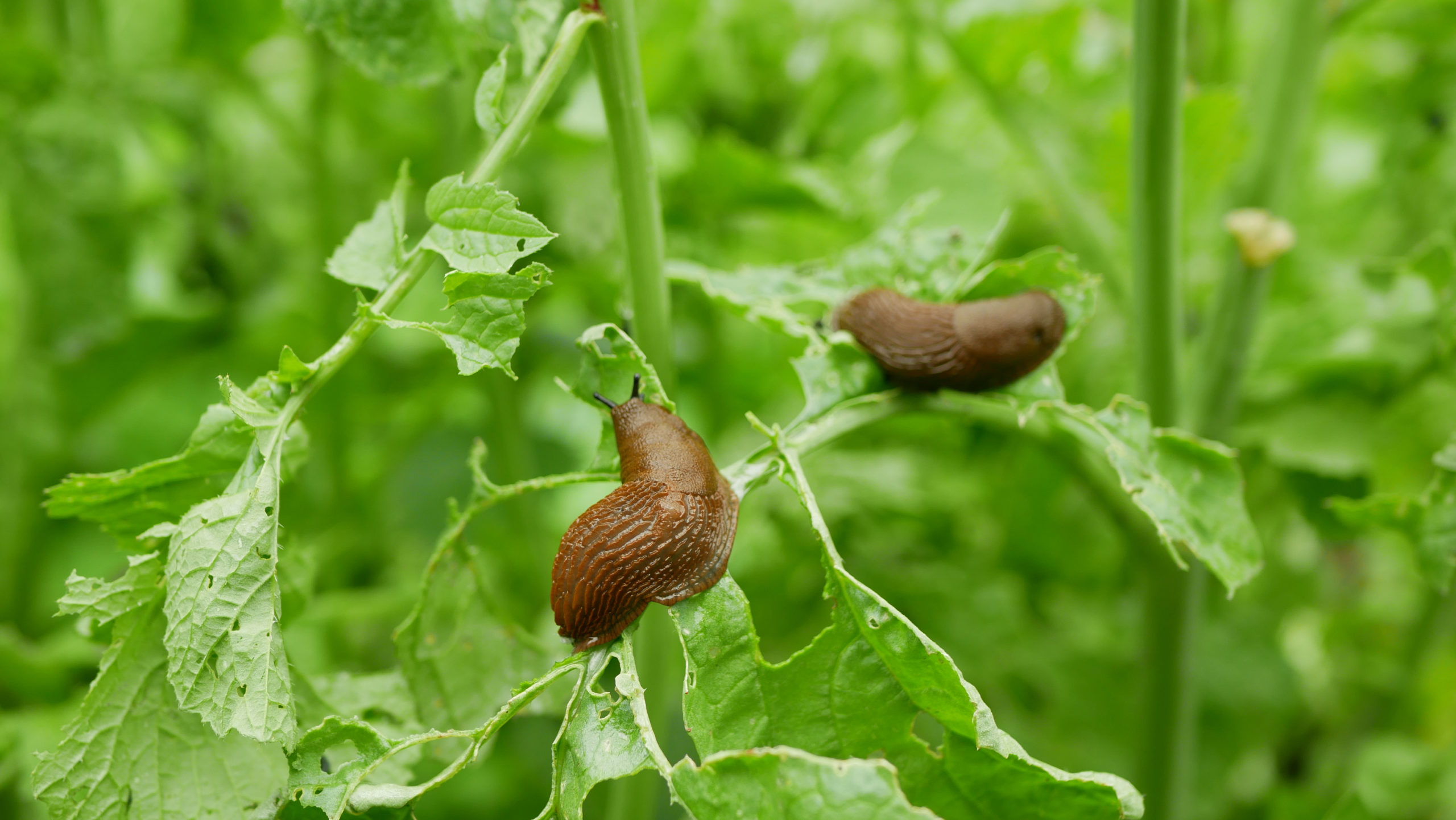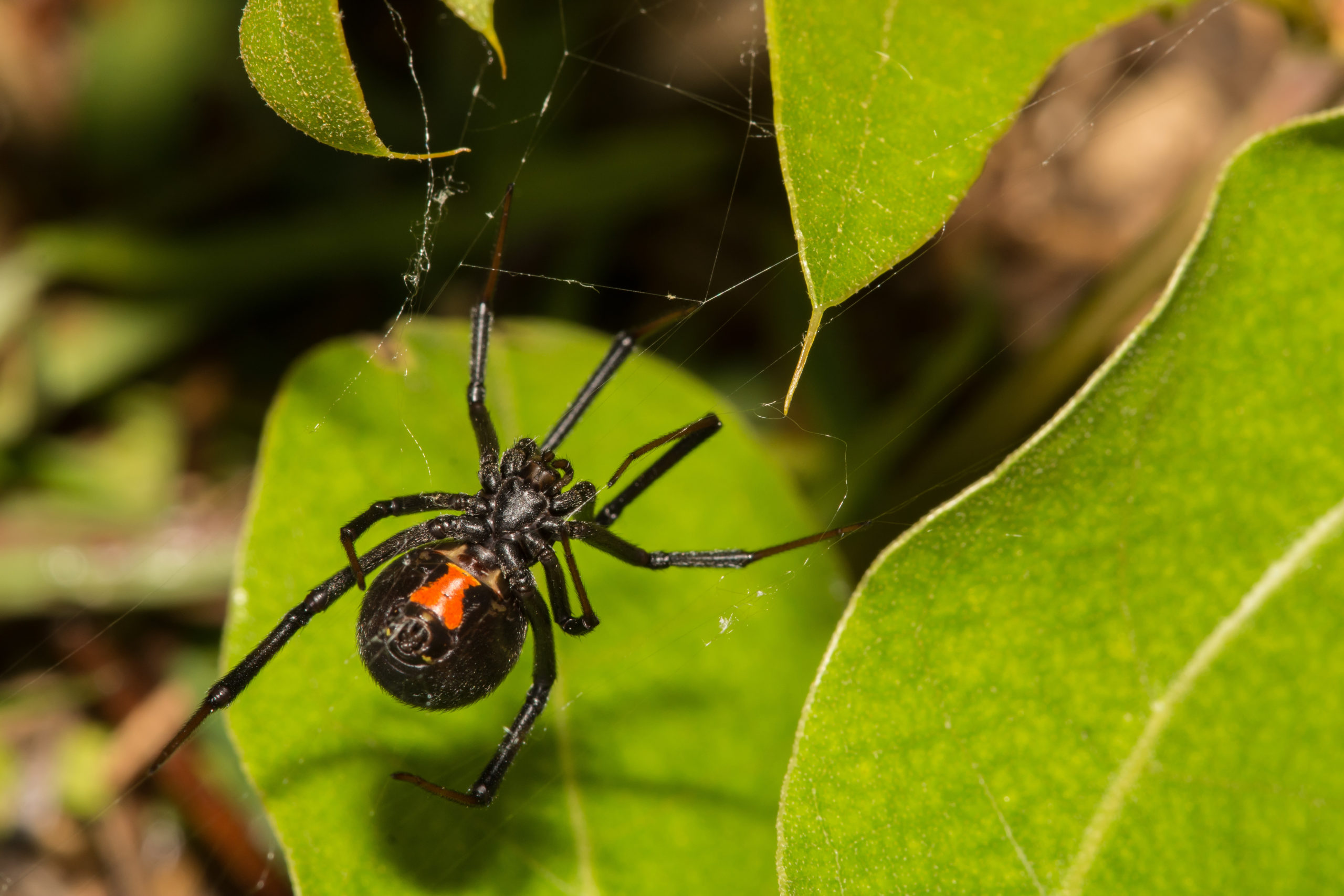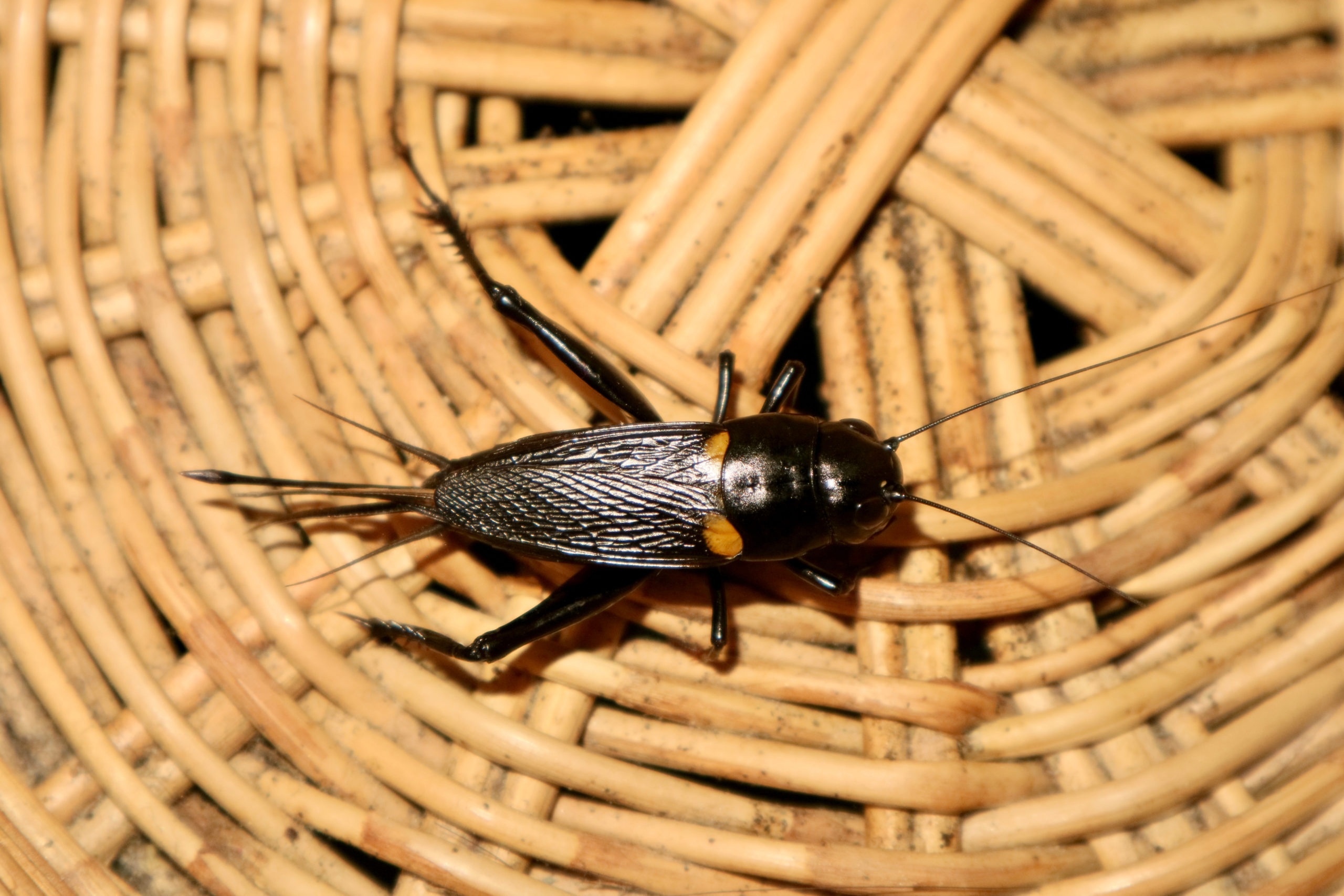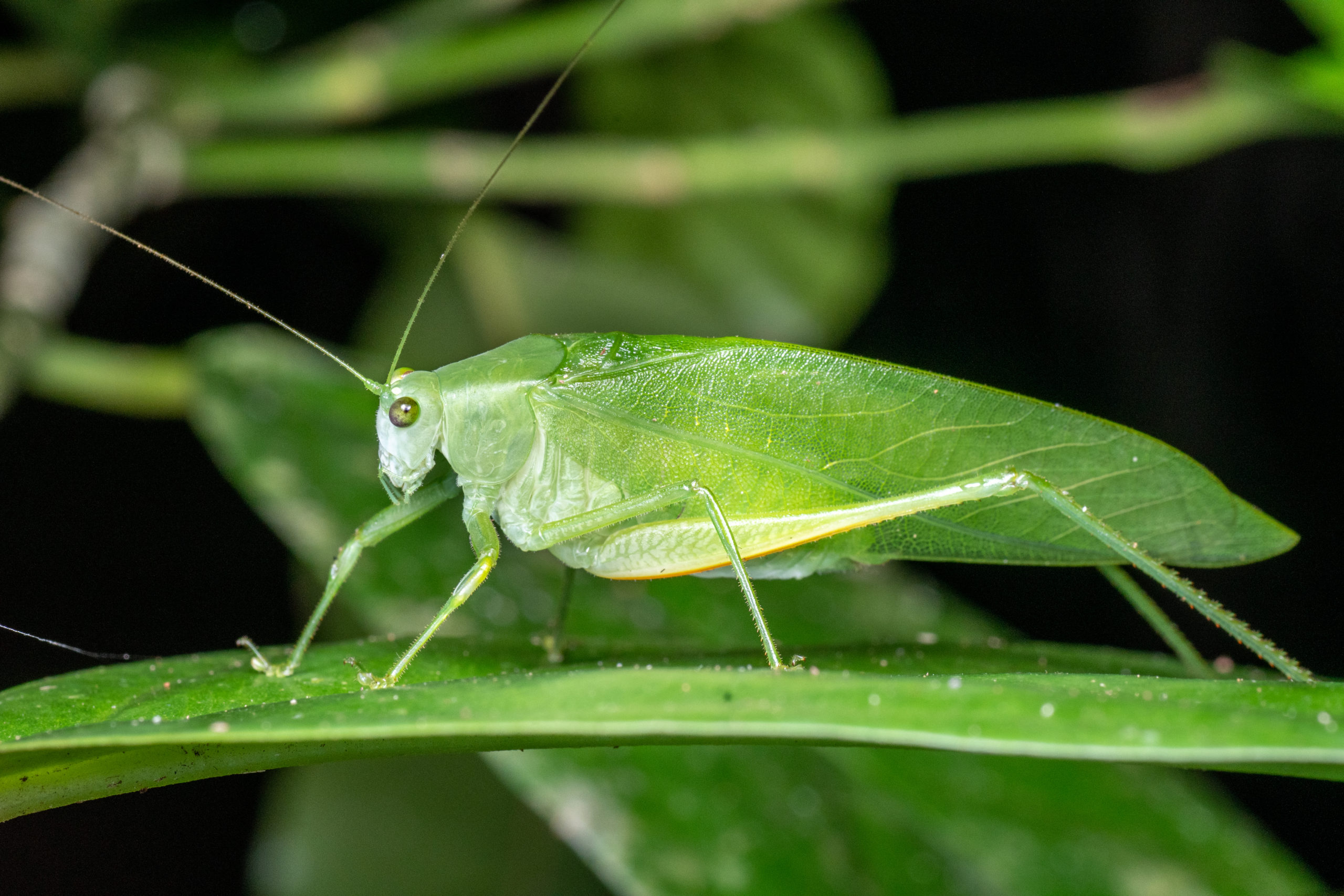5 Less Popular Nocturnal Pests
5 Less Popular Nocturnal Pests
We know all about the classic nocturnal pests: bed bugs, rodents, moths, roaches, and more. These pests are bad enough in their own ways, but there are even more pests that are mainly active at night. A nocturnal critter primarily sleeps during the day and does all of their normal activities at night. They find a hidden place to sleep while it’s light out, since they would be otherwise caught by a predatory animal every day. They can alter their hours slightly depending on the climate and conditions, so it is not always literally sundown to sunup. But in general, nocturnal pests live to cause problems and frustrate us while most of us are sleeping through the night. Let’s discuss five pests that you may not immediately think of when you hear the word “nocturnal.”
Slugs

The good news about slugs is that they don’t invade our homes, so you don’t have to worry about waking up to an army of slugs in the kitchen. But the bad news is that they can deal some heavy damage to any kind of plant in the garden outside. Slugs will eat essentially anything that is leafy and aromatic. It does not have to be a flowering or fruit-producing plant to appeal to a slug. They will chew holes through the leaves and gradually zap the greenery of its health if it continues long enough. Slugs are worst in the spring when the climate is to their liking and the plants are freshly sprouting. They prefer cool and damp conditions, which is why we see much more of them after it rains. Slugs are experts at hiding, as they burrow in the soil during the day and only emerge at night to feed. They can also hide in the shade of a larger plant or object in the yard if it is not too hot outside.
Since they are darker colored and blend in with the soil when they are resting, it can be difficult to catch slugs before they ruin your beautiful plants. The easiest way to find where slugs travel is by following the path to their destination. Slugs, like snails, leave a trail of mucus wherever they go. This mucus helps them to easily glide across the terrain like they’re ice skating, as well as protect their squishy bodies from the rough surfaces. Slugs can even cocoon themselves in a mucus-y chamber when it gets too hot! The mucus will gradually melt until the slug is cool enough to emerge. At this point, you may be thinking about pulling a trick from the cartoons and sprinkling salt or sand on the slugs and their food targets. But this is not very effective, proving once again that we should not take our pest control cues from animated works. While the salt may work on a couple of slugs, it will not target the greater slug population. Also, sprinkling sand around plants is not even a proven theory in blocking slugs. We recommend just keeping an eye out for slugs and using tested pest treatments against these slimy creatures.
Kissing Bugs

This pest does not give the type of kiss that we want at any time of day. Kissing bugs bite people around the mouth, specifically while they are sleeping. They are yet another blood-sucking pest for us to think about. The difference with kissing bugs is that they do not attach to their host, like ticks do, and their bites do not typically hurt, like bed bug bites can. Kissing bugs tend to stay near their host at all times for the constant food source. They also interestingly like to be near rodents, which leads into the next major problem with these nocturnal pests. Kissing bugs can live for up to two years, so they definitely need to be removed if they happen to get inside a home. They will eat the blood from any mammal, so pets can also wake up with the strange bite pattern from the kissing bug. This bug will continuously feed for a few minutes, so it is possible to catch them in the act if the host is not fully asleep.
They can also carry diseases and parasites. In fact, about 50% of kissing bugs carry a parasite! They can transfer the parasite through their droppings, which are also likely near the host since the kissing bug won’t go far. The feces needs to be in contact with the bite to transmit the disease, so it is important for the host to not itch their bites in case there are traces of bug feces in the area. The specific parasite linked to the pest is the Chagas parasite, which causes Chagas disease. The symptoms of the disease are similar to flu symptoms with the additional risk of developing heart problems. There are actual tests for Chagas disease now, so please seek medical attention if you believe you or someone in your home has been bitten by the kissing bug. They may be more common in the southern parts of the country, but it is important for everyone to keep an eye out for any kind of hungry pest trying to make a midnight snack out of your blood!
Black Widows

In addition to being both a famous comic superhero and a notably-deadly spider, the black widow is a strategic arachnid who does most of its feeding at night. Their preferred habitat is dry and dark, hence the nocturnal habits. They tend to stay in the garage, basement, attic, or under objects that do not move, like a chair or workbench. Although they are known for their dangerous venom, black widows will not bite just for kicks. They are anti-social arachnids who would prefer to hide rather than fight. But they will not hesitate to bite when provoked or disturbed, especially if it is in their web with the eggs. If you store any shoes outside, we recommend shaking them out before putting them on. Not to make you paranoid, but shoes are the perfect hiding place for an independent black widow.
Black widows have a stronger web compared to other spiders, which is a great help when they have their egg sac. Black widows lay about 300 eggs that they enclose in a web sac until the eggs hatch and crawl out of the sac like a nightmarish piñata. This is one of the most clear signs that your spider problem is a black widow. If you find random webs close to the ground or a small white egg sac within the webs, it could be a black widow. It is typical to see these spiders sleeping during the day in their webs, so the nighttime is for their feeding. They eat all kinds of insects and smaller pests, including mosquitoes, flies, beetles, and grasshoppers. Although this makes them beneficial creatures, black widows are one of the worst pests to have because a bite from them can have dangerous health consequences. If you have a black widow problem, contact pest control services as soon as possible.
Crickets

This one may not be as surprising as the others, seeing as how we hear their chirps as a form of background music during warm evenings. There are two kinds of crickets that can be found in or near certain homes: house crickets and field crickets. If your home is near any kind of property or fields, you may have more field crickets than a house in the middle of the suburbs. Field crickets stay on the ground and use the nighttime to mate and find various food sources. They are darker than house crickets, often closer to black than brown, and use different calls for different purposes. Crickets in general use stridulation, their famous chirping, to communicate with one another. Although it all sounds the same to us, they do have a variety of speeds and tones that carry different messages for one another. They chirp to find a mate at a distance, to communicate with a potential mate, and to warn their competition to back off.
Crickets like to stay in dark and damp areas, which often means the lawn or any kind of field if the option is there. They can also be found near dumpsters since they like to eat anything containing plants and protein, like other insects. House crickets are very similar to field crickets, except they are more likely to be found in homes because they like light much more. They prefer to be in any environment that is moist, humid, and bright. As the dark comes earlier every day with the further we get into fall, they may be found near our homes more often when the lights are turned on. You will definitely know if you have a cricket or two in your house, as they are not the quietest pests ever. Their chirps may be nice to hear outside as a soundtrack to the evenings, but they are much more amplified when they are indoors!
Katydids

Katydids function very similarly to crickets, even down to the natural habit of chirping to find a mate or drive competition away. But the two main differences are in their appearance and chirp sounds. Crickets look like creepy insects with large heads and thick legs, while katydids look like grasshoppers wearing a leaf costume for Halloween. They are technically long-horned grasshoppers, which makes sense considering their face. The leafy appearance of their wings greatly helps them to camouflage themselves day and night, since they can just rest in trees and let their wings gently flutter to look like leaves. These front wings are what they rub together to make their own chirping sounds, which are more erratic and grating than cricket chirps. Some people believe their chirps make a “Katydid! Katydid!” sound, which is how they got their name. They will chirp less when it is cooler outside, so you may not hear them as often these days.
Since their front wings are used for chirping, that leaves their back wings for flight. But these wings are quite small and weak, making katydids not the strongest fliers ever. Their long antennae are also similar to crickets’ and ruin the whole “leaf illusion” when their antennae are freely out. This, along with the katydid’s tendency to stay in plants and shrubs for protection, likely helped create their other name of “bush cricket.” Katydids and the other insects in their family also have the same strange hearing methods, which can be evident if you watch them closely. Katydids also have their ears on their forelegs, which they will raise up when they need to listen closely. Since they eat anything from leaves to live insects, katydids need to be vigilant at all hours of the night.
Professional Pest Treatments Work Day and Night!
Just because certain backyard critters are nocturnal does not mean that you have to have your sleep interrupted by invading pests. In addition to being a major annoyance and a potential costly expense, these pests can also pose some health risks to you and your family, as we have discussed. Luckily, pest control services are here to save the day (and night)! Our team of experienced technicians know how to treat the trickiest of pests and make sure they stay away for the long run. Contact us to learn how we can solve your pest problems, so you can go back to counting sheep instead of pests!
Citations
Black widow spider. (n.d.). Arizona-Sonora Desert Museum. Retrieved October 17, 2022, from https://www.desertmuseum.org/books/nhsd_blackwidow_spider.php
Broadbent, C. (n.d.). How to get rid of cricket noise at night (sleep better). Gardenia Organic. Available at https://gardeniaorganic.com/how-to-get-rid-of-cricket-noise-night/ (Accessed on October 17, 2022).
Coelho, S. & Shein, N. (n.d.). Beware of these 14 pests that only come out at night. Bob Vila. Available at https://www.bobvila.com/slideshow/beware-of-these-14-pests-that-only-come-out-at-night-100826 (Accessed on October 17, 2022).
Condon, M.A. (2022, July 2). Katydids make summer nights come alive. Daily News-Record. Available at https://www.dnronline.com/lifestyle_and_entertainment/katydids-make-summer-nights-come-alive/article_0b7c15dc-30bf-5262-a452-d0c9404e8c49.html (Accessed on October 17, 2022).
Eaton, E.R. (n.d.). Night-time noisemakers: Singing insects. Insectlopedia. Available at http://insectlopedia.com/night-time-noisemakers-singing-insects/ (Accessed on October 17, 2022).
Kissing bugs & chagas disease in the United States. (n.d.). Texas A&M Agriculture & Life Sciences. Retrieved October 17, 2022, from https://kissingbug.tamu.edu/
Mahr, S. (n.d.). Katydids. Wisconsin Horticulture. Available at https://hort.extension.wisc.edu/articles/katydids/ (Accessed on October 17, 2022).
Russell, E.M. (n.d.). Where do slugs come from at night?. Gardening Channel. Available at https://www.gardeningchannel.com/where-do-slugs-come-from-at-night/ (Accessed on October 17, 2022).

